Fake out in hockey refers to a deceptive maneuver aimed at misleading an opponent to keep control of the puck.Mastering the Art of Deception in Hockey
In the world of hockey, the ability to deceive opponents with a well-timed fake-out, also known as a deke, can significantly change the course of the game. These deceptive maneuvers involve skilled puck control and the ability to mislead the other team’s players, opening up chances to score. Successfully executing a fake-out demands precision, skill, and the ability to think quickly—crucial elements in the fast-paced nature of hockey.
Fake-outs can range from simple head fakes to more complex stick-handling techniques. When done correctly, these moves can catch defenders off-guard, creating exciting opportunities for scoring. This article delves into the intricacies of hockey fake-outs and discusses how they enhance a player’s performance, making them an indispensable part of the sport.
Mastering the Fake Out in Hockey
A fake out, also referred to as a deke, is a strategic maneuver in hockey designed to deceive and outsmart an opponent. It combines skill, precision, and timing to gain a competitive edge. This technique is not just a physical move; it’s a mental challenge that keeps the opposing player uncertain and at a disadvantage. This article will explore the details of how a fake out works in hockey, focusing on its psychological, reflexive, and strategic aspects.
Understanding Deceptive Strategies
Deception in hockey is both a mental and physical strategy. Players use their body language, eye movements, and puck control to mislead their opponents. They create an illusion to trick the other player into making a premature move, which typically works to their disadvantage. By grasping how an opponent might react, a player can manipulate the situation to their favor.
The Role of Reflexes
Reflexes are critical in pulling off a successful fake out. Players must be quick and agile to respond to their opponent’s actions and make the most of their deceptive tactics. Even a moment’s hesitation can turn a potential success into a lost opportunity. Developing sharp reflexes through intensive training is key to mastering the fake out.
Components of an Effective Fake Out
An effective fake out involves multiple components, including timing, body feints, puck control, and spatial awareness. It’s about crafting a convincing trick that misdirects the opponent and opens up chances to score. The capacity to anticipate an opponent’s moves and adapt the strategy accordingly is vital for a successful fake out.
Essential Deceptive Techniques in Hockey
Deceptive techniques in hockey are vital for outsmarting opponents and gaining a tactical edge. This discussion includes common deceptive practices like stick-handling, shot fakes, and body movement feints.
Stick-Handling Techniques
Stick-handling deception is fundamental in hockey for maintaining puck control while misleading the opposition. Players execute complex stick maneuvers to create illusions, confusing defenders and opening paths to the goal.
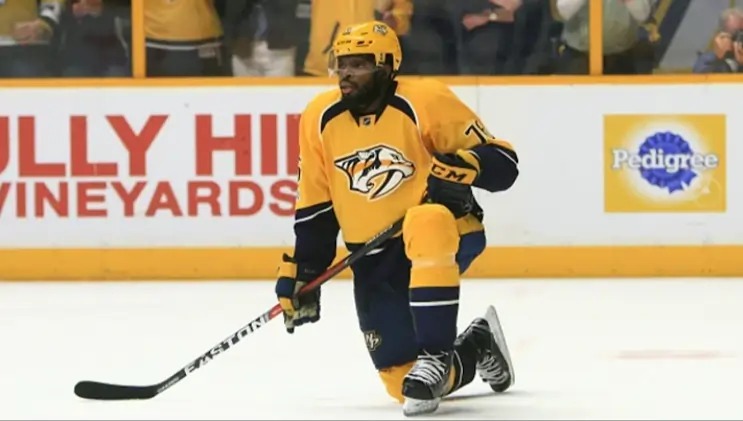
Techniques for Faking Shots
Shot fakes are another strategic ploy to mislead goalkeepers and defenders. Players pretend to shoot, prompting the opposition to prematurely commit to a block, thereby opening opportunities for real shots or passes. This tactic hinges on precision and timing.
Body Movement Strategies
Body movement feints are subtle yet effective in misdirecting opponents. Through strategic body language, players suggest movements in one direction then swiftly diverge, disorienting defenders and creating chances to score.
Essential Skills in Hockey Deception
Deception in hockey involves clever techniques to outsmart opponents. Players use fast, unexpected moves to confuse the opposition. An effective strategy includes misdirection with eye movements—looking one way while maneuvering the puck in another. This creates uncertainty on the ice.
Moreover, changing the angle of the stick is another tactic to mislead opponents about the puck’s direction.
Improving Shot Deception Techniques
Learning how to execute convincing shot fakes is crucial in hockey. These feints can open up scoring chances by deceiving defenders and goalies on the ice. Observing players like Dylan Larkin, who are adept at faking shots, can provide insights into elevating your own gameplay.
Shot fakes can significantly alter the game’s dynamics by making skilled goalies misjudge and leave openings. This section explores how timing and the release of a fake shot are pivotal for success. Deceptive motions that resemble a shot start can make a goalie react prematurely, creating a scoring chance.
Key to Effective Shot Fakes
The success of shot fakes heavily relies on timing. Making the goalie commit before taking the actual shot is essential. Your body language and stick handling should convincingly mimic a genuine shot attempt, making the goalie second-guess and opening up the goal.
Understanding and reading the goalie’s behavior is another skill to master. Recognizing their habits and anticipating their moves can help in executing a successful shot fake. Watching for any predictable patterns or weaknesses in the goalie’s style can be exploited.
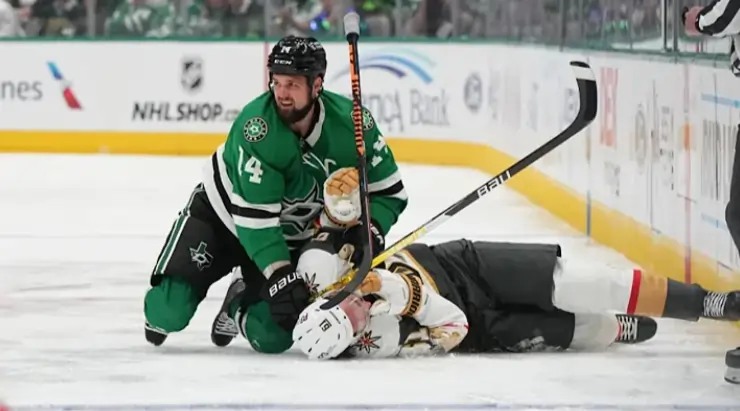
Strategies to Open Scoring Opportunities
The ultimate aim of shot fakes is to create scoring opportunities by manipulating the goalie’s defense. This requires sharp puck control and quick changes in direction. While performing a shot fake, being aware of your teammates’ positions and potential passing lanes is crucial. Effective communication and teamwork can multiply the chances of a successful play.
Mastering Body Movement Feints in Hockey
Deception through body movement is a powerful strategy in hockey, enabling players to outmaneuver their opponents and generate scoring opportunities. This discussion will explore how players can effectively use body movement feints to their advantage.
Techniques for Effective Deception
Players can confuse defenders by using false steps and sudden changes in direction. These abrupt movements can disrupt the defense, creating an opening for the player to advance towards the goal.
Utilizing Body Language
Body language is crucial for pulling off convincing fakeouts. Players can lead defenders astray with deceptive gestures and movements, tricking them into reacting to a feint. Mastering this aspect of body language allows players to manipulate the defense more effectively.
Generating Opportunities for Scoring
The primary goal of these fakeouts is to create enough space for a clean shot. By successfully deceiving defenders with their body movements, players can open up areas on the ice to execute a strong shot. This capability to create space through deception is vital for scoring in hockey. scoring in hockey.
Insight into Deception Techniques in Hockey
Deception plays a critical role in professional hockey, with players employing fake outs to strategically outmaneuver opponents. These maneuvers involve skillful dekes and fakes designed to displace opposing players and maintain puck control, creating unexpected scoring opportunities and enhancing the game’s excitement.
Iconic Moments of Deception
Hockey history is rich with moments where fake outs have had a memorable impact. One such instance was during the 1994 Stanley Cup Finals, where Mark Messier of the New York Rangers outfoxed the Vancouver Canucks’ goalie with a masterful shot fake, leading to a pivotal goal. Similarly, Sidney Crosby’s quick deke during the 2010 Winter Olympics helped secure Canada’s gold by deceiving the U.S. goalie in a clutch moment.
Techniques Used by Elite Players
Elite players utilize a variety of deceptive techniques to execute effective fake outs. Misdirection plays a significant part, where players use their eyes, body posture, and stick movements to mislead opponents about their actual intentions. Changes in speed and direction also help in catching defenders unprepared. Moreover, the success of these maneuvers often hinges on the player’s ability to convincingly sell the fake, making opponents believe in a false move before swiftly changing tactics.
Impact on Game Dynamics
Fake outs can dramatically influence game outcomes by disrupting defense and opening scoring channels. These maneuvers can lead to crucial goals and even cause the opposing team to incur penalties, giving the offensive team a numerical advantage on the ice. The strategic use of fake outs not only entertains but also underscores the tactical depth of hockey, showcasing how top players leverage deception to tip the scales in critical game moments.
Enhancing Hockey Deception Techniques
Developing your hockey deception skills is crucial for gaining an advantage over your opponents on the ice. By mastering quick movements and deceptive tactics, you can become more effective during games. Below are some drills designed to improve your deception abilities.
Puck Control Drills
Perfecting puck control is essential for executing successful hockey deceptions. Practice moving the puck through tight spaces using cones or other obstacles. Vary your direction and speed suddenly to confuse defenders. Keeping the puck close to your body allows for more convincing deceptive moves that can mislead opponents.
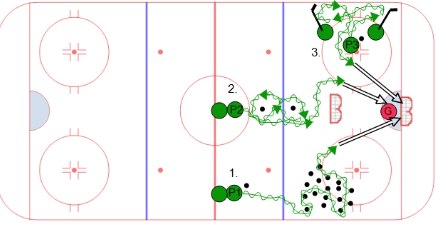
Shooting Deception Drills
To better your shooting fakes, practice quick stick maneuvers that mimic an actual shot. Add feints and deceptive moves to make the fake more believable, then switch to a different action. Use visual tricks, like altering your stance or the angle of your stick, to fool opponents and create opportunities to bypass defenders.
Agility and Coordination Drills
Boosting your agility and coordination can greatly enhance your hockey deceptions. Focus on drills that require rapid footwork, side-to-side movements, and abrupt directional changes. Develop quick starts and stops to surprise defenders. Improved coordination and speed are key to performing effective deceptions in games.
Ethical Considerations in Deceptive Play
Deceptive maneuvers, or “dekes,” are a strategic yet inherently tricky aspect of hockey that brings excitement to the game but also poses ethical questions. This discussion explores the balance between strategy and fairness, the psychological effects on opponents, and the distinction between clever play and unsportsmanlike conduct.
Strategy and Fairness
Using deception in hockey often walks the fine line between strategic gameplay and unfair tactics. Although these maneuvers can enhance the excitement of the game, they prompt a deeper examination of fairness and ethical play in sports.
Strategy vs. Unfair Tactics
Distinguishing between clever strategy and cheating is a significant ethical challenge in hockey. A skillfully performed deke is a testament to a player’s tactical skills, but crossing the line into deceitful behavior can undermine the integrity of the sport. Maintaining sportsmanship while employing deceptive tactics is vital.
Psychological Impact on Opponents
Deceptive plays affect not just the game’s strategy but also the mental state of the opposing players. A successful deception can shake an opponent’s confidence and disrupt their game plan. Players should consider the psychological impact of their tactics and strive to compete ethically, respecting their opponents’ mental well-being.
Read Also: NHL roster size: How many players are on a hockey team?
Conclusion
Hockey deceptions, such as dekes and fakes, are fundamental techniques in the sport. These maneuvers can cleverly mislead opponents and open up chances to score. Developing proficiency in these tactics requires both practice and skill. The next time you view a game, observe how players effectively use these deceptive strategies on the ice.
FAQ’s: Mastering the Fake Out in Hockey
What is the term for misleading an opponent in hockey?
In ice hockey, a deke refers to a maneuver used to mislead or bypass an opposing player by feigning movement or direction while retaining control of the puck. This technique is employed to maneuver around opponents effectively.
What does deception mean in hockey?
In hockey, deception involves using a body swerve to mislead an opponent. This technique allows a player to feint and maneuver without advanced stick handling, by shifting their body position to confuse the opposing player while maintaining control of the puck.
What is the term for a deceptive maneuver in hockey?
The best term for a deceptive action in hockey is deke.
What does the letter ‘A’ represent in hockey?
In hockey, the letter ‘A’ on a player’s jersey signifies that they are an alternate captain of the team. This role is similar to the team captain, who wears a ‘C’. NHL rules allow for either one captain and up to two alternates, or three alternate captains if there is no main captain.
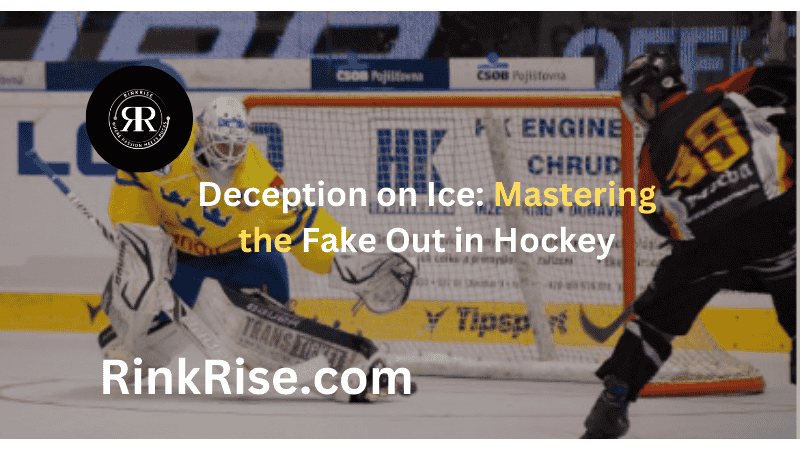
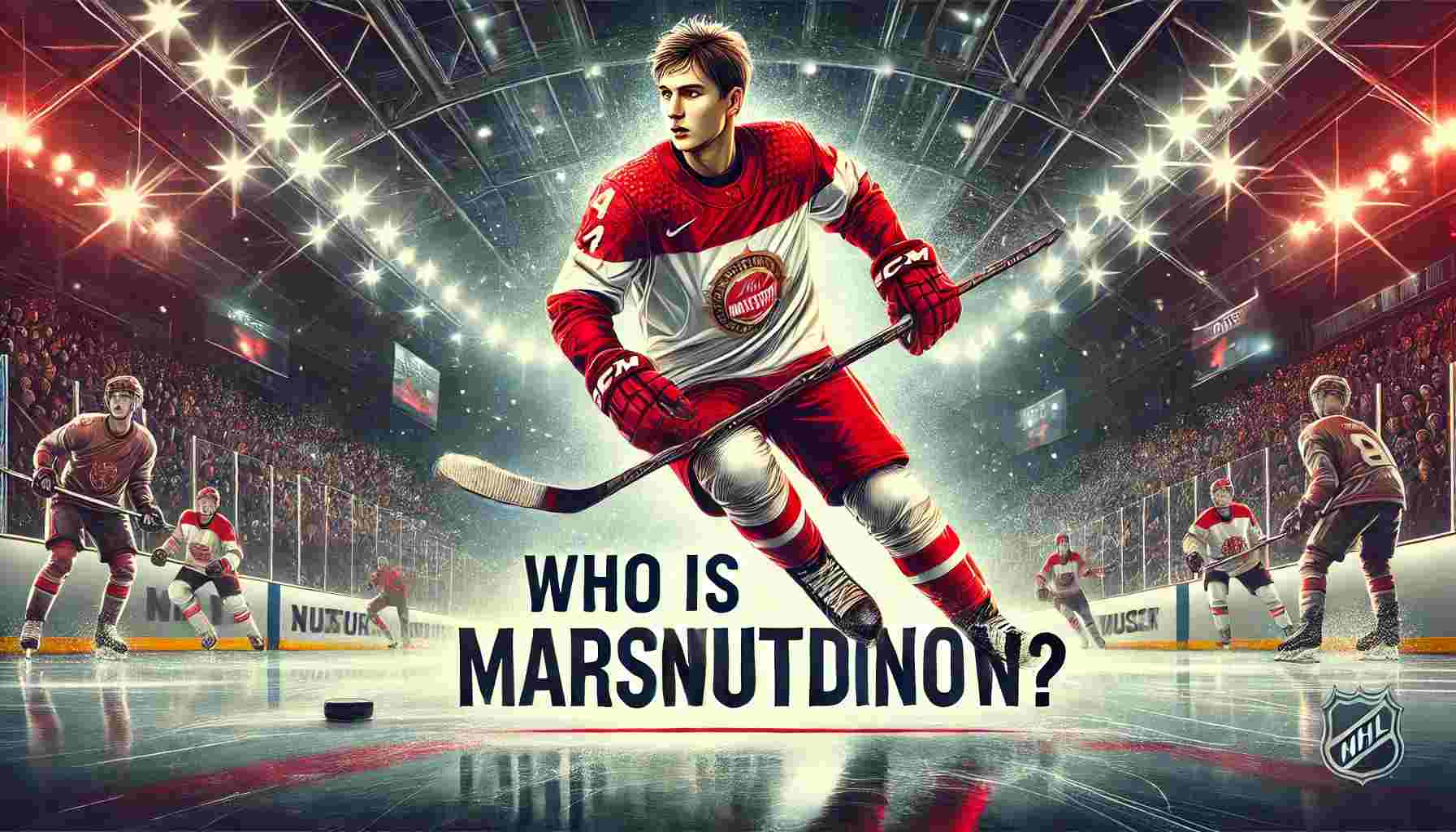

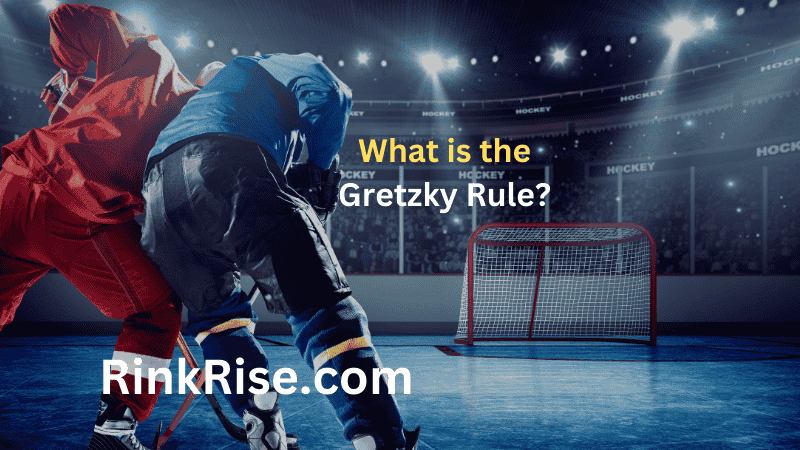
Pretty section of content. I just stumbled upon your weblog and in accession capital to assert that I get actually enjoyed account your blog posts. Anyway I will be subscribing to your feeds and even I achievement you access consistently quickly.
I must to go by and convince you I enjoy reading through your website. We appreciate you every one of your valuable tips.
This is my first time go to see at here and i am actually happy to read all at alone place.|